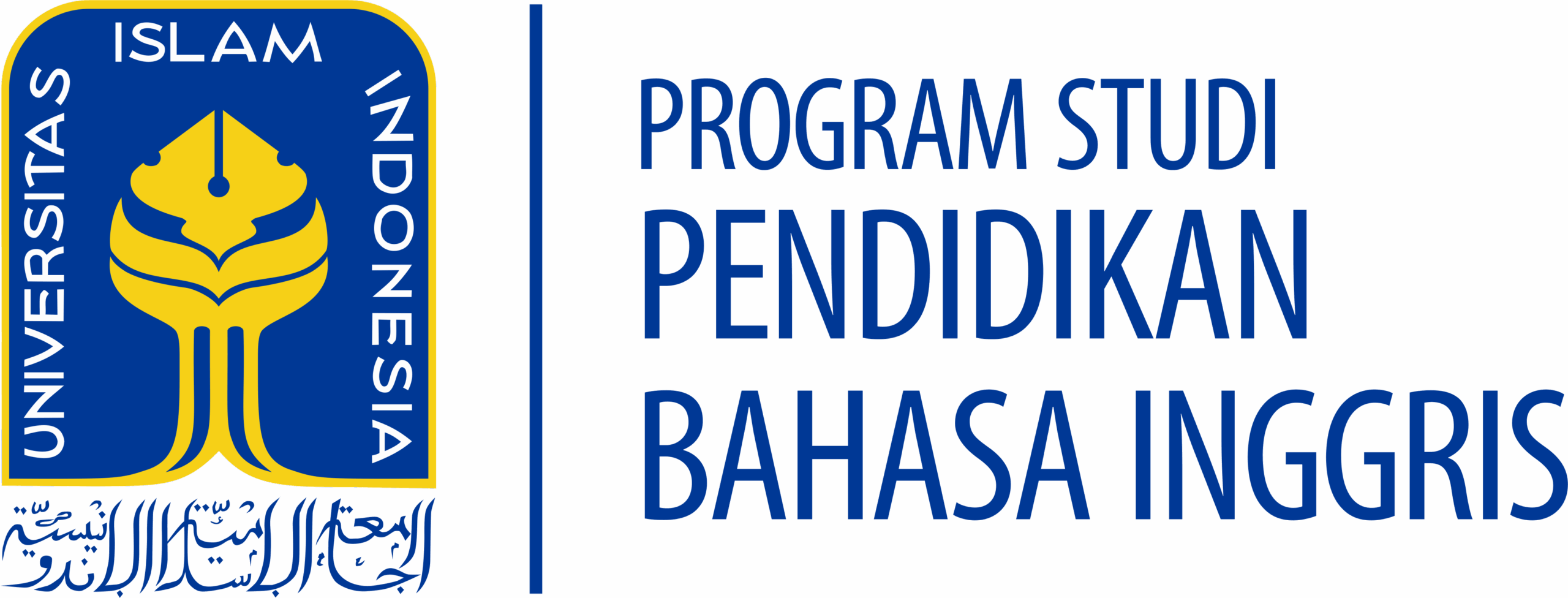Translanguaging: Is it okay to use mixed languages?
Are we allowed to use mixed languages in communication or every interaction discourse?
Some people presume that using mixed languages will contribute to the intrusion with the first language – it reduces the regularity of the language being used. However, it gives advantage in achieving certain communication goals.
The use of such mixed languages is commonly known as Translanguaging. The term translanguaging is often used to describe the phenomenon of using bilingual languages or mixing languages to produce certain outcomes. Initially, the term translanguaging came from Welsh bilingual education and was first used in the Welsh trawsieithu created by Cen Williams in 1994. In the Welsh context, it refers to pedagogical practice in which students alternate languages for productive use. On the other hand, Baker who first translated the Welsh term as “translanguaging”, defined it as a making meaning process, shaping experience, gaining understanding and insight through the use of languages. Further, Canagarajah defined it as a multilingual speaker’s ability to shuttle between languages that form repertoire as an integrated system. As García and Wei once revealed, translanguaging is an approach to use languages in communication as one linguistic repertoire with features that have been societally constructed as belonging to two separate languages.
These definitions imply that translanguaging is peoples’ communication skills in using the languages repertoire as needed to achieve communication goals effectively. In this case, translanguaging represents not only the language but also the identity of its speakers formed through values, culture, and history.
Nowadays, translanguaging is a hot topic in education, especially in language learning classes or in international schools that use English as the language of instruction. In the context of learning English or in international classes, mixed languages can be used as a bridge between students to facilitate their learning process. For example, when an English-speaking teacher teaches in a class where students speak Indonesian-English. The students did not truly understand the difference between a pumpkin that was muddy and a pumpkin that was filled with mud. Therefore, students translate their comprehension into Indonesian, then explain and interpret their work. The teacher provides information in English, and the students revise their Indonesian. The insight has a benefit on improving students’ better understanding of the content and their comprehension of English.
Another example is when the teacher asked a student to spontaneously give a description of the black hole to other students in English. However, he had difficulty with English vocabulary, so he used Indonesian words to replace the words he did not know. It illustrates that when students have difficulty finding English words, the Indonesian they have will greatly help achieve their communication goals. Hence, he will undoubtedly be more comfortable in class communication, and others can well understand the message he conveys.
In conclusion, the use of mixed languages, such as the use of Indonesian in English classes to achieve certain communication goals, is not wrong or prohibited. This is allowed because it can make the students easier to understand the content of the lesson well.





Leave a Reply
Want to join the discussion?Feel free to contribute!